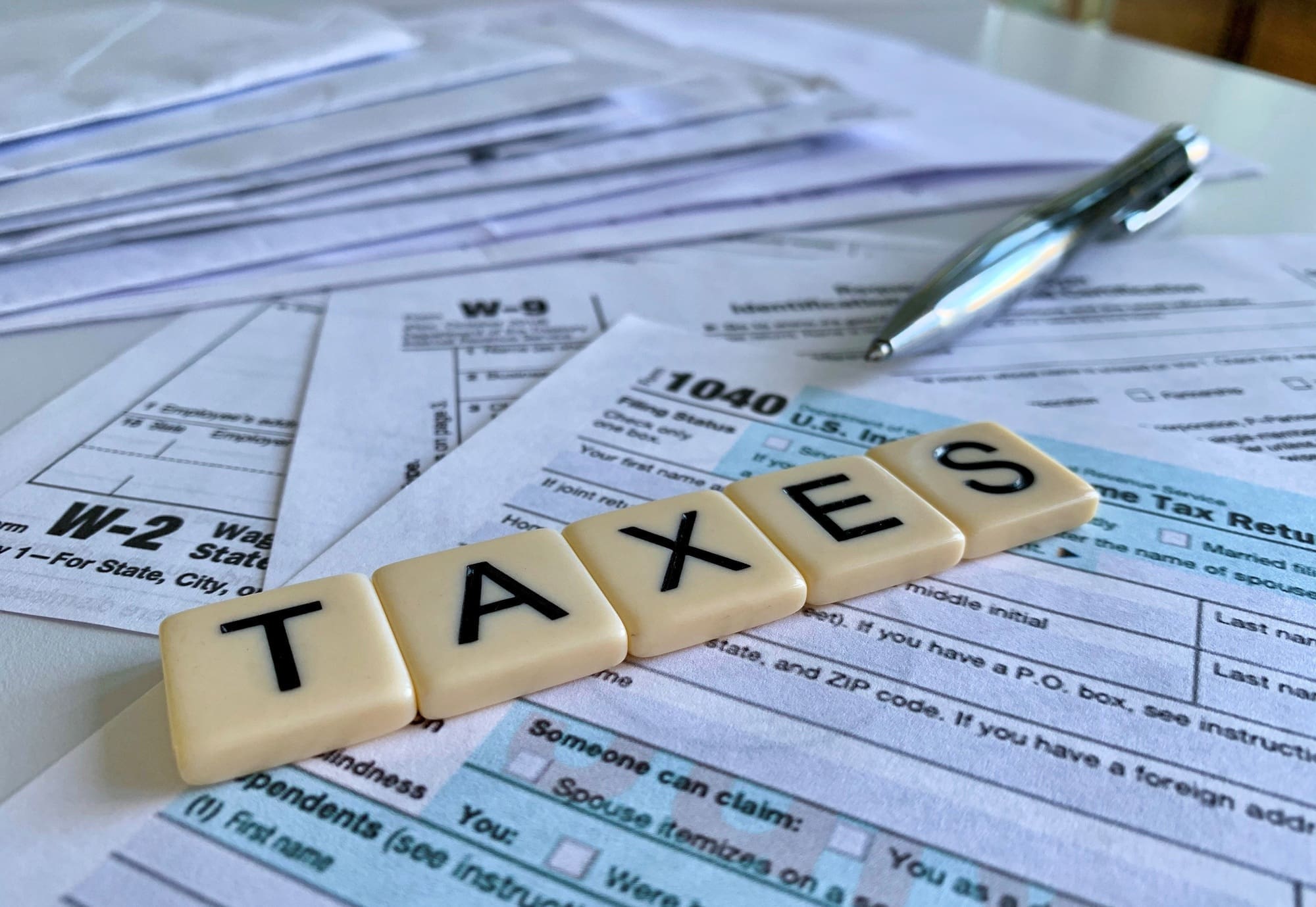Dividends have been a very tax-efficient way of making savings in national insurance contributions and income tax contributions for a number of years, with many business owners and shareholders choosing a smaller salary, plus an additional remuneration package paid as dividends.
However, this is all set to change from 6th April as the income tax position of dividend income will effectively increase for most taxpayers. This may have a direct impact on the overall savings in NIC and income tax that can be achieved after 5 April 2016.
Up to 5 April 2016, no additional income tax would be due if a company pays a dividend to its shareholders, as long as the person receiving the dividend is a standard rate tax payer.
All dividends paid have a tax credit of 10% based upon one ninth of the net dividend paid. This tax credit is not refundable, but it is deductible from any income tax due.
Individuals who receive dividends currently pay additional personal tax if their dividend income falls partly or wholly within the higher rate (40%) or additional rate (45%) bands.
The following rates apply for 2015-16:
All dividend income in the standard rate band is taxed at 10%. As the tax credit is deductible, recipients will pay no additional tax
All dividend income at the higher rate is taxed at 32.5%t (of the gross dividend, including the tax credit) less the 10% tax credit
All dividend income at the additional rate is taxed at 37.5% (of the deemed gross dividend, including the tax credit) less the 10% tax credit
From 6 April 2016, the way dividends are being taxed will change. The 10% tax credit is to be abolished and each individual will have a flat rate dividend allowance of £5,000.
Any dividends received by an individual in excess of the £5,000 allowance will be taxed as follows:
7.5% if your dividend income is within the standard rate (20%) band
32.5% if your dividend income is within the higher rate (40%) band
38.1% if your dividend income is within the additional rate (45%) band
In all cases, any tax liabilities for 2016-17 will be collected on 31 January 2018. At the same time, HMRC will also add 50% of the tax liability to the first self-assessment payment on account for 2017-18, also due 31 January 2018, with a further 50% due at the end of July 2018.
The new changes will also have an impact on PAYE codes for owners and directors in 2016-17. Under the new rules, HMRC will amend tax codes to automatically ‘code out’ a sum approximately equal to the amount of dividend tax due for that tax year.
The deduction in the PAYE code will be clearly labelled as dividend tax, but HMRC’s estimated figure might not always be accurate. In order to work out whether HMRC’s deduction is fair, taxpayers will need to estimate their total income tax liability for 2016-17 to ensure the figures provided are accurate with their own.
Additionally, if individuals have not already paid the balance of their income tax due for the previous tax year, HMRC will add a 5% surcharge on the amount due.
The scope for the type of tax planning identified in previous blogs is now limited by the immanent approach of the end of the tax year.


